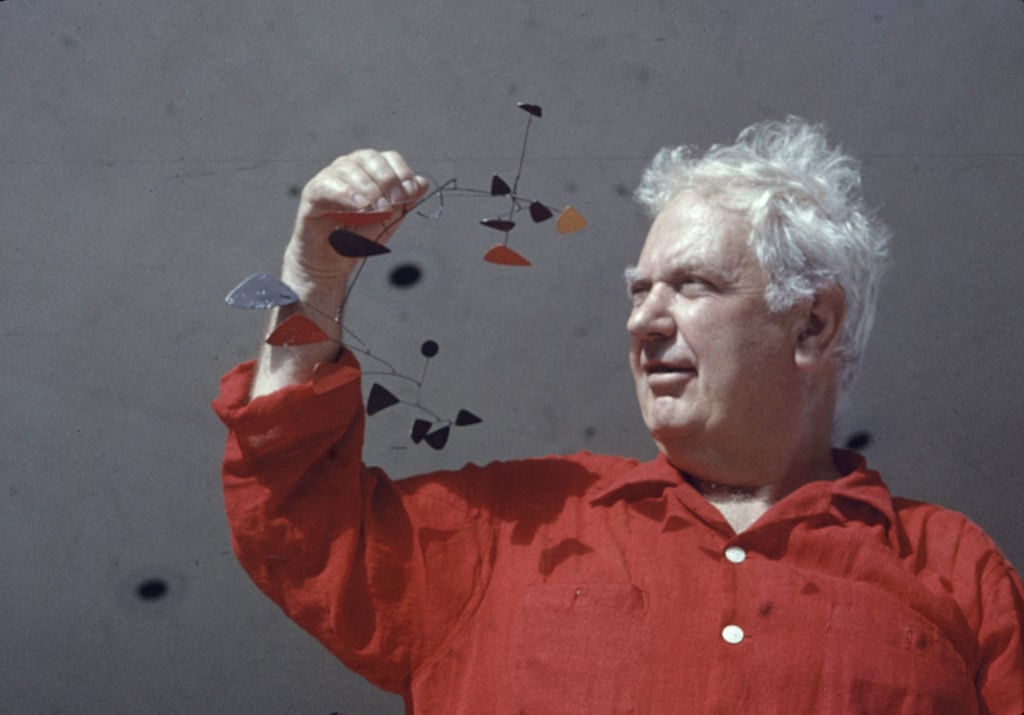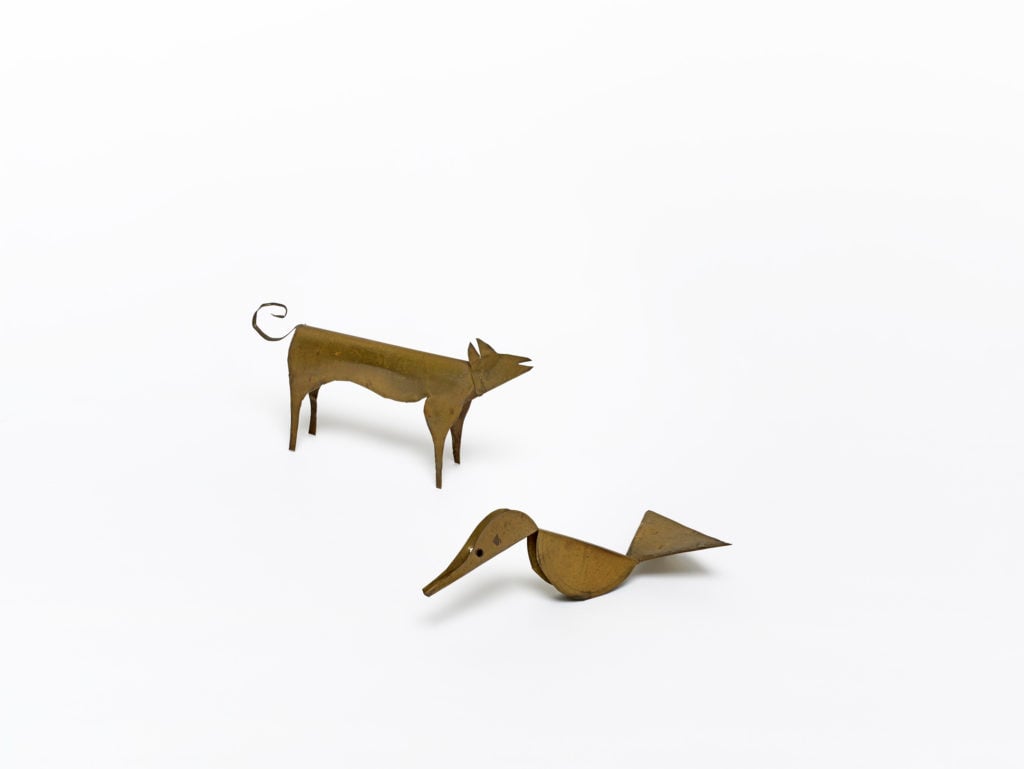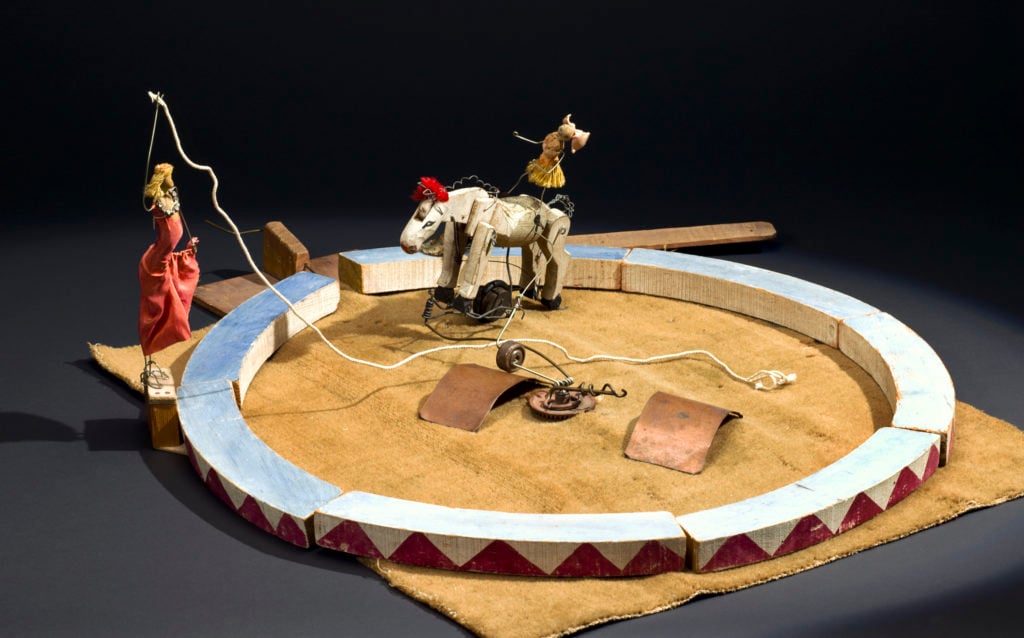Alexander Calder: The Paris Years, 1926–1933. Alexander Calder: Performing Sculpture. Calder: the Conquest of Time, The Early Years: 1898-1940.
2019.12 近日台北美術館進 6~7本關於Alexander Calderˇ的書,讀者可前往參考。
我補充一本好書,台灣當年有盜印:
Fables of Aesop According to Sir Roger L'Estrange, with Fifty ...
https://www.amazon.com › Fables-According-LEstrange...
This Dover volume brings into general circulation for the first time a rare edition of Aesop's Fables issued in Paris in 1931 and limited to only 665 copies. The book combines the 1692 translation of the Fables by English journalist Sir Roger ...
Sir Nikolaus Pevsner: The Sources of Modern Architecture and Design ;《歐州建築史大綱》(An Outline of European Architecture);《現代設計的先驅》Pioneers of Modern Design
2012.6.20 作
Sir Nikolaus Pevsner
Sir Nikolaus Pevsner
0:30
Alexander Calder: The Paris Years, 1926-1933 - Whitney Museum
Whitney Museum of American Art
YouTube - Nov 26, 2008
0:40
Giant Calder sculpture takes up residence in Paris
AFP news agency
YouTube - Jun 29, 2011
5:01
Alexander Calder performs his "Circus" | Whitney Museum of ...
Whitney Museum of American Art
YouTube - Oct 24, 2008
0:24
Alexander Calder The Paris Years, 1926 1933 Whitney Museum of ...
sadar jiuk
YouTube - Mar 1, 2017
Alexander Calder: The Paris Years, 1926–1933 | Whitney Museum of ...
https://whitney.org/Exhibitions/AlexanderCalder
When Alexander "Sandy" Calder (1898–1976) arrived in Paris in 1926, he aspired to be a painter; when he left in 1933, he had evolved into the artist we know ...
The First-Ever Calder Biography Reveals the Beloved Sculptor’s Radical Side
here is much more to the inventor of the mobile than meets the eye.
Javier Pes, October 24, 2017
 Alexander Calder holds a model of a mobile to be hung in Idlewild International Airport, New York, in 1957. (Photo by Walter Sanders/The LIFE Picture Collection/Getty Images)
Alexander Calder holds a model of a mobile to be hung in Idlewild International Airport, New York, in 1957. (Photo by Walter Sanders/The LIFE Picture Collection/Getty Images)“I was framed,” Alexander Calder wrote in middle age as he looked back on his childhood and his failed attempt to escape sculpture, the family profession. This is how Jed Perl begins his biography of Calder, which—surprisingly, given his towering stature—is the first ever written on the US artist.
Calder: the Conquest of Time traces how the artist (1898–1976) made mobiles, stabiles, and a mechanical circus cutting-edge Modern art. Even as a toddler, Calder marched to his own tune, Perl notes. Heading to Paris in the 1920s, he had decided he could no longer fight fate—and hit his stride in the most competitive of arenas.
Perl’s more than 600-page volume from Yale University Press debuted in the US on Monday, fêted with a celebration at New York’s Whitney Museum of American Art, which is home to Calder’s Circus (1926–31). The book focuses on the first 42 years of the artist’s life, ending just before his major survey at New York’s Museum of Modern Art in 1943.
Perl, the longtime art critic for The New Republic, was commissioned by the Calder Foundation to write the book a decade ago. He was handpicked by its president, the artist’s grandson, Sandy Rower. Perl tells artnet News that volume two, Calder: the Conquest of Space, is already drafted and due to be published in 2019. At the London launch of the first book earlier this month, Rower joked that he wanted four more.

Alexander Calder’s Dog (1909) and Duck (1909) © 2017 Calder Foundation, New York / Artists Rights Society (ARS), New York. Photo by Tom Powel Imaging
From a young age, Calder showed a precocious talent for art. The book includes images of metal sculptures of a dog and duck he created as a boy in 1909.
But Calder tried hard to dodge heredity (his father and grandfather were successful sculptors and his mother was also a talented artist) by studying engineering at Stevens Institute of Technology in New Jersey. “He was trying not to be framed,” Perl tells artnet News.
Among the surprises buried in the book is the spell he spent in a Brooklyn factory as a time-and-motion man supervising the workers, an unhappy spell in “scientific” management. But Calder soon reverted to his bohemian roots and, with his parents’ support, headed to Greenwich Village to become a painter.
His familiarity with materials, physics, and energy would soon resurface. “Flash forward a decade and the Stevens experience becomes so important,” Perl says. “He was a good mathematician and scientist. The mobiles seem so effortless but how they balance is not simple.”
Perl also debunks the popular image of “Calder the clown.” The artist was highly intelligent and a “profoundly liberal spirit,” he says. “Calder was questioning the values of an advanced industrial society back in the 1920s and ’30s.”

Equestrian act from Cirque Calder (1926–31) ©2017 Calder Foundation, New York / Artists Rights Society (ARS), New York
He was also a part of the international avant-garde—never simply “an American in Paris”—during the tumultuous years between the World Wars. It was no coincidence that Calder created Mercury Fountain in 1937 for the Spanish Republican Government’s pavilion at the highly politicized International Exhibition even though he was an American.
It was as admired as Picasso’s Guernica. But neither Calder nor Picasso’s work was to the taste of hard-line Communists, who preferred their propaganda with a capital “P” and social realist in style. Being an abstract artist “was a political act,” Perl says. When Calder, his wife, and young family returned to the US, Perl says they were the “go-to people” for European émigrés escaping the Nazis. The Romanian-Jewish refugee who went on to become the celebrated cartoonist of The New Yorker, Saul Steinberg, was among the many they befriended.
Jed Perl, Calder: the Conquest of Time, The Early Years: 1898-1940. Yale University Press.
Tate
Alexander Calder: Performing Sculpture is now open at Tate Modern!http://ow.ly/UvG0x
Black Widow’48, one of Calder's largest sculptures, is a perfect example of how Calder’s sculptures can dance in space
Alexander Calder: Performing Sculpture
Tate Modern: Exhibition
11 November 2015 – 3 April 2016
Free for Tate Members
Adult £18.00 (without donation £16.30)
Concession £16.00 (without donation £14.50)
Help Tate by including the voluntary donation to enable Gift Aid
No booking fee on this exhibition
Under 12s go free (up to four per parent or guardian).
Family tickets available (two adults & two children 12-18 years) by telephone or in the gallery.
1 of 2



Alexander Calder
Antennae with Red and Blue Dots c1953
Aluminium and steel wire
© ARS, NY and DACS, London 2002
View the main page for this artwork
Toggle Fullscreen
Previous
Next
American sculptor Alexander Calder was a radical figure who pioneered kineticsculpture, bringing movement to static objects.
Calder travelled to Paris in the 1920s, having originally trained as an engineer, and by 1931 he had invented the mobile, a term coined by Duchamp to describe Calder’s sculptures which moved of their own accord.
His dynamic works brought to life the avant-garde’s fascination with movement, and brought sculpture into the fourth dimension.
Continuing Tate Modern’s acclaimed reassessments of key figures in modernism, Alexander Calder: Performing Sculpture will reveal how motion, performance and theatricality underpinned his practice. It will bring together major works from museums around the world, as well as showcasing his collaborative projects in the fields of film, theatre, music and dance.
Master of motion Alexander Calder to lead Tate’s 2015 programme
guardian.com
Tate Modern celebrates inventor of the mobile
The Daily TelegraphThe largest retrospective of Alexander Calder’s mobiles, slowly changing on every breath of moving air…
The Guardian
[Calder] … forced the public to rethink what sculpture was
Evening Standard
His fusion of sculpture with performance art was ahead of its time
Mail Online
Introducing the man who made Modern art move...



沒有留言:
張貼留言